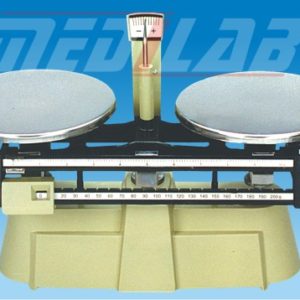Description
An electrical tuning fork, also known as an electronic tuning fork, is a physics laboratory apparatus that produces a pure, precise tone using electronic circuits. It is designed to simulate the sound produced by a traditional mechanical tuning fork.
An electrical tuning fork typically consists of an oscillator circuit, a speaker, and a power supply. The oscillator circuit generates a sine wave at a specific frequency, which is then amplified and output through the speaker. The frequency of the sine wave can be adjusted using a potentiometer or other control mechanism.
Electrical tuning forks are commonly used in physics and engineering laboratories to study the properties of sound waves and resonance. They are also used in other fields such as music, where they can be used to tune musical instruments.







